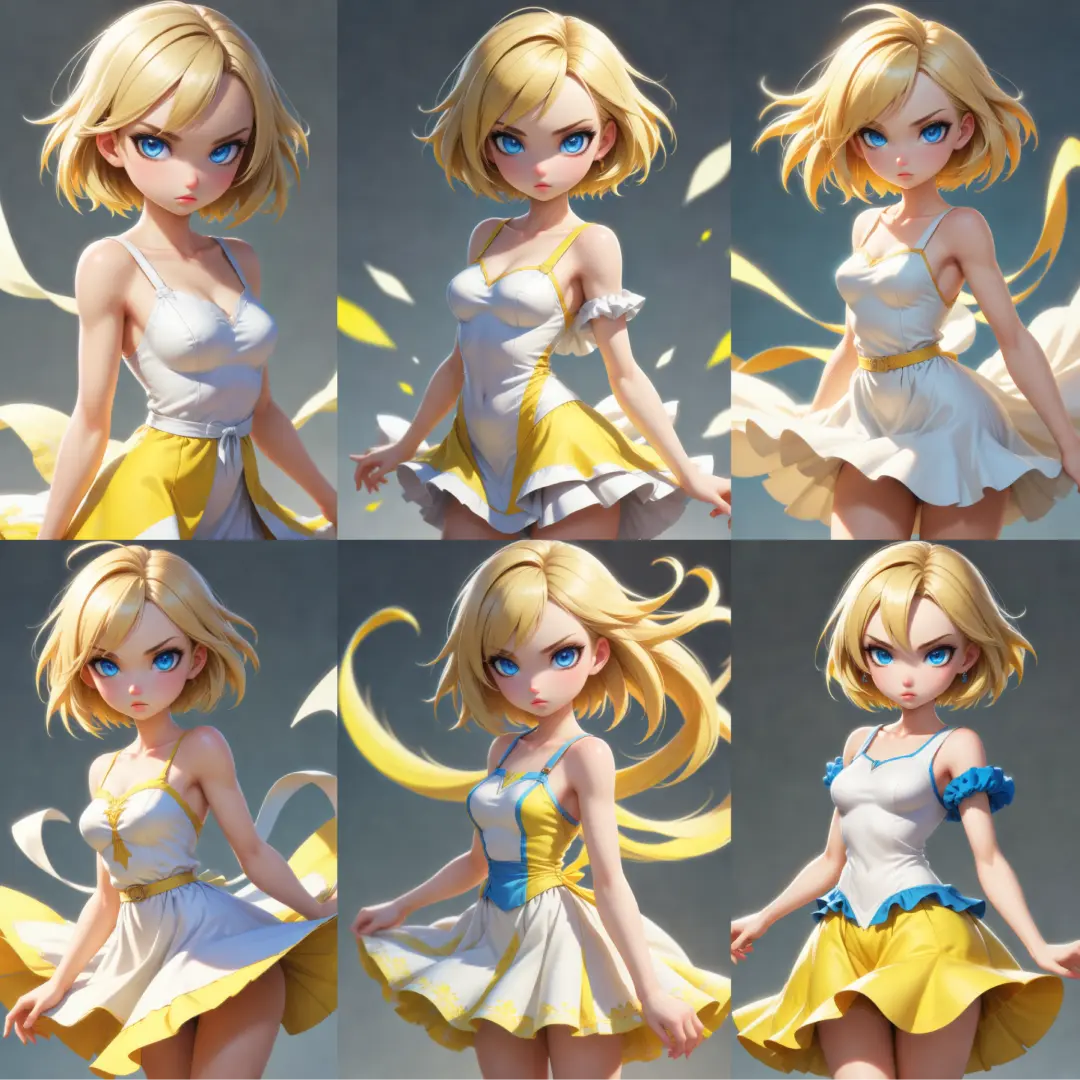ComfyUI Node: 3D Pose Editor
Hina.PoseEditor3D
Categoryimage
hinablue (Account age: 5396days) Extension
ComfyUI 3D Pose Editor Latest Updated
2024-06-21 Github Stars
0.19K
How to Install ComfyUI 3D Pose Editor
Install this extension via the ComfyUI Manager by searching for ComfyUI 3D Pose Editor- 1. Click the Manager button in the main menu
- 2. Select Custom Nodes Manager button
- 3. Enter ComfyUI 3D Pose Editor in the search bar
Visit ComfyUI Online for ready-to-use ComfyUI environment
- Free trial available
- 16GB VRAM to 80GB VRAM GPU machines
- 400+ preloaded models/nodes
- Freedom to upload custom models/nodes
- 200+ ready-to-run workflows
- 100% private workspace with up to 200GB storage
- Dedicated Support
3D Pose Editor Description
Powerful 3D pose editing tool for ComfyUI, processes various image types for AI artists' digital art creation.
3D Pose Editor:
The 3D Pose Editor node, developed by Hina Chen, is a powerful tool designed to facilitate the editing and manipulation of 3D poses within the ComfyUI environment. This node allows you to input various image types, such as pose, depth, normal, and canny images, and processes them to generate corresponding outputs. The primary goal of this node is to provide a seamless and efficient way to handle 3D pose data, making it easier for AI artists to create and refine their digital art. By converting images into a format suitable for further processing, the 3D Pose Editor enhances the workflow and ensures high-quality results.
3D Pose Editor Input Parameters:
pose
The pose parameter allows you to input a pose image that represents the 3D pose data. This image is processed and converted into a format that can be used for further manipulation and analysis. The available options for this parameter are the files located in the 3dposeeditor directory. This parameter is optional, and if not provided, the node will return None for the pose output.
depth
The depth parameter accepts a depth image that provides information about the distance of objects in the scene from the camera. This image is crucial for understanding the spatial relationships within the 3D environment. Similar to the pose parameter, the available options are the files in the 3dposeeditor directory. This parameter is optional, and if not provided, the node will return None for the depth output.
normal
The normal parameter takes a normal image that contains information about the surface normals of objects in the scene. This data is essential for accurately rendering lighting and shading effects. The available options for this parameter are the files in the 3dposeeditor directory. This parameter is optional, and if not provided, the node will return None for the normal output.
canny
The canny parameter allows you to input a canny edge-detected image, which highlights the edges within the scene. This image is useful for detecting boundaries and enhancing the overall detail of the 3D pose. The available options for this parameter are the files in the 3dposeeditor directory. This parameter is optional, and if not provided, the node will return None for the canny output.
3D Pose Editor Output Parameters:
OpenPose
The OpenPose output is the processed pose image converted into a format suitable for further manipulation. This output is essential for visualizing and editing the 3D pose data, allowing you to refine the pose as needed.
Depth
The Depth output is the processed depth image that provides information about the distance of objects in the scene. This output is crucial for understanding the spatial relationships and enhancing the realism of the 3D environment.
Normal
The Normal output is the processed normal image that contains information about the surface normals of objects. This output is vital for accurately rendering lighting and shading effects, contributing to the overall visual quality of the scene.
Canny
The Canny output is the processed canny edge-detected image, which highlights the edges within the scene. This output is useful for detecting boundaries and enhancing the detail of the 3D pose, making it easier to refine and manipulate the pose data.
3D Pose Editor Usage Tips:
- Ensure that the input images (pose, depth, normal, canny) are correctly named and placed in the
3dposeeditordirectory to avoid any issues with file recognition. - Utilize high-quality input images to achieve the best results, as the quality of the input directly affects the output.
- Experiment with different combinations of input images to see how they impact the final output, allowing you to find the best configuration for your specific needs.
3D Pose Editor Common Errors and Solutions:
FileNotFoundError: [Errno 2] No such file or directory
- Explanation: This error occurs when the specified input file is not found in the
3dposeeditordirectory. - Solution: Ensure that the input files are correctly named and placed in the
3dposeeditordirectory. Double-check the file paths and names for any typos or errors.
ValueError: cannot identify image file
- Explanation: This error occurs when the input file is not a valid image or is corrupted.
- Solution: Verify that the input files are valid images and not corrupted. Try opening the images with an image viewer to ensure they are correctly formatted.
TypeError: 'NoneType' object is not subscriptable
- Explanation: This error occurs when a required input parameter is not provided, resulting in a
Nonevalue being processed. - Solution: Ensure that all required input parameters are provided and correctly specified. If a parameter is optional, make sure to handle the
Nonevalue appropriately in your workflow.
3D Pose Editor Related Nodes
RunComfy is the premier ComfyUI platform, offering ComfyUI online environment and services, along with ComfyUI workflows featuring stunning visuals. RunComfy also provides AI Models, enabling artists to harness the latest AI tools to create incredible art.



